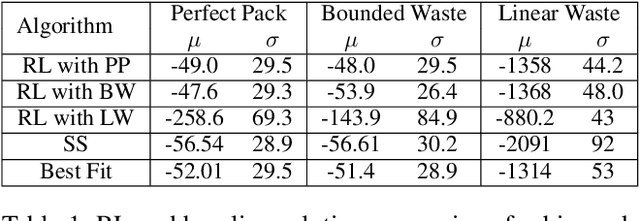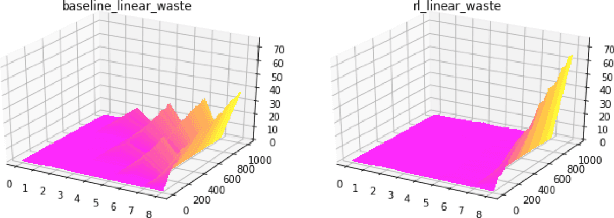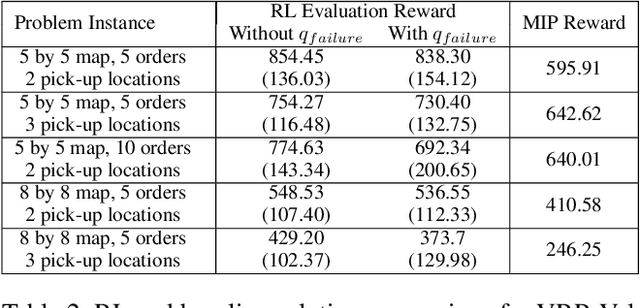Alvaro Maggiar
Structure-Informed Deep Reinforcement Learning for Inventory Management
Jul 29, 2025Abstract:This paper investigates the application of Deep Reinforcement Learning (DRL) to classical inventory management problems, with a focus on practical implementation considerations. We apply a DRL algorithm based on DirectBackprop to several fundamental inventory management scenarios including multi-period systems with lost sales (with and without lead times), perishable inventory management, dual sourcing, and joint inventory procurement and removal. The DRL approach learns policies across products using only historical information that would be available in practice, avoiding unrealistic assumptions about demand distributions or access to distribution parameters. We demonstrate that our generic DRL implementation performs competitively against or outperforms established benchmarks and heuristics across these diverse settings, while requiring minimal parameter tuning. Through examination of the learned policies, we show that the DRL approach naturally captures many known structural properties of optimal policies derived from traditional operations research methods. To further improve policy performance and interpretability, we propose a Structure-Informed Policy Network technique that explicitly incorporates analytically-derived characteristics of optimal policies into the learning process. This approach can help interpretability and add robustness to the policy in out-of-sample performance, as we demonstrate in an example with realistic demand data. Finally, we provide an illustrative application of DRL in a non-stationary setting. Our work bridges the gap between data-driven learning and analytical insights in inventory management while maintaining practical applicability.
ORL: Reinforcement Learning Benchmarks for Online Stochastic Optimization Problems
Dec 01, 2019



Abstract:Reinforcement Learning (RL) has achieved state-of-the-art results in domains such as robotics and games. We build on this previous work by applying RL algorithms to a selection of canonical online stochastic optimization problems with a range of practical applications: Bin Packing, Newsvendor, and Vehicle Routing. While there is a nascent literature that applies RL to these problems, there are no commonly accepted benchmarks which can be used to compare proposed approaches rigorously in terms of performance, scale, or generalizability. This paper aims to fill that gap. For each problem we apply both standard approaches as well as newer RL algorithms and analyze results. In each case, the performance of the trained RL policy is competitive with or superior to the corresponding baselines, while not requiring much in the way of domain knowledge. This highlights the potential of RL in real-world dynamic resource allocation problems.
 Add to Chrome
Add to Chrome Add to Firefox
Add to Firefox Add to Edge
Add to Edge